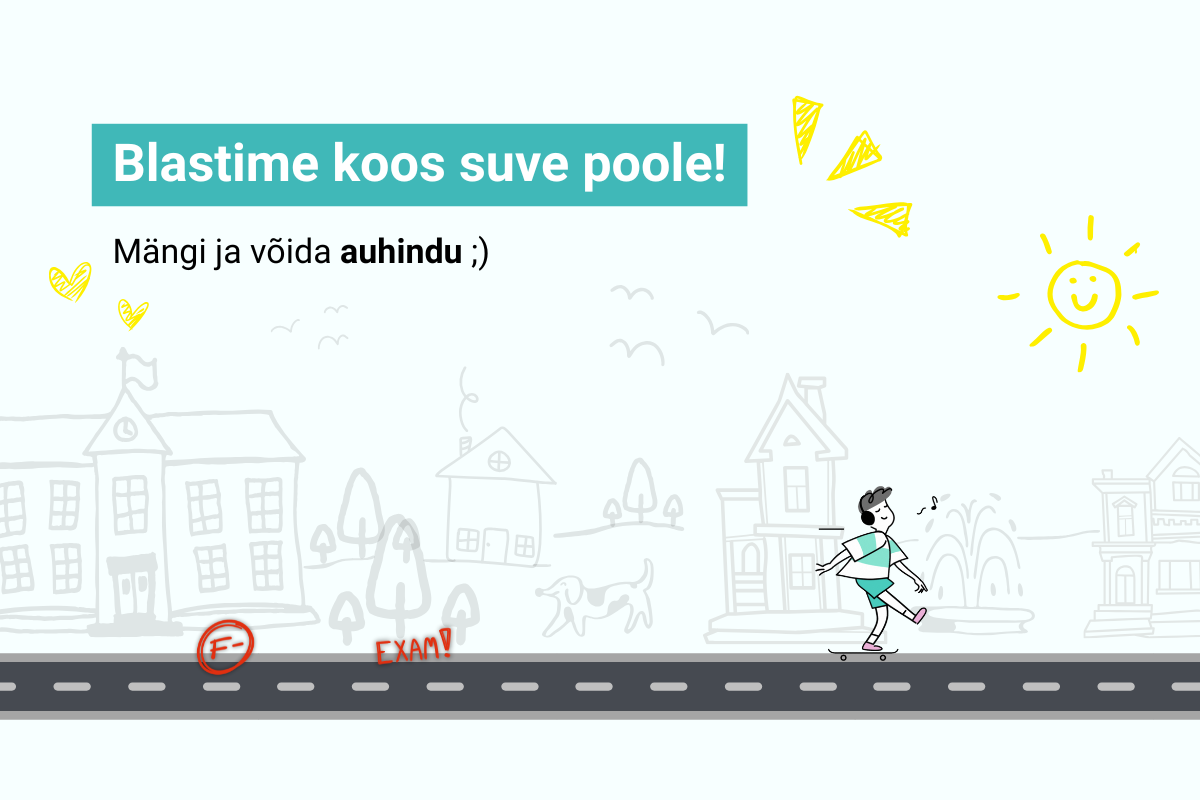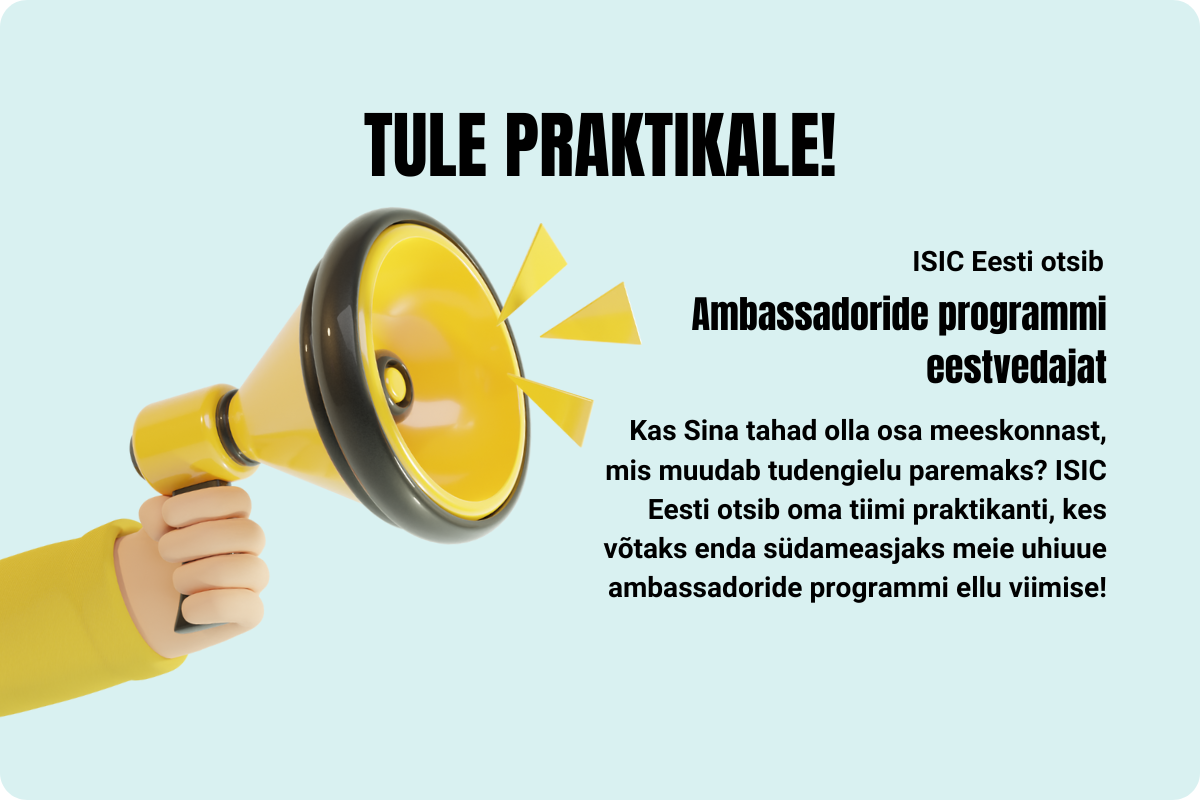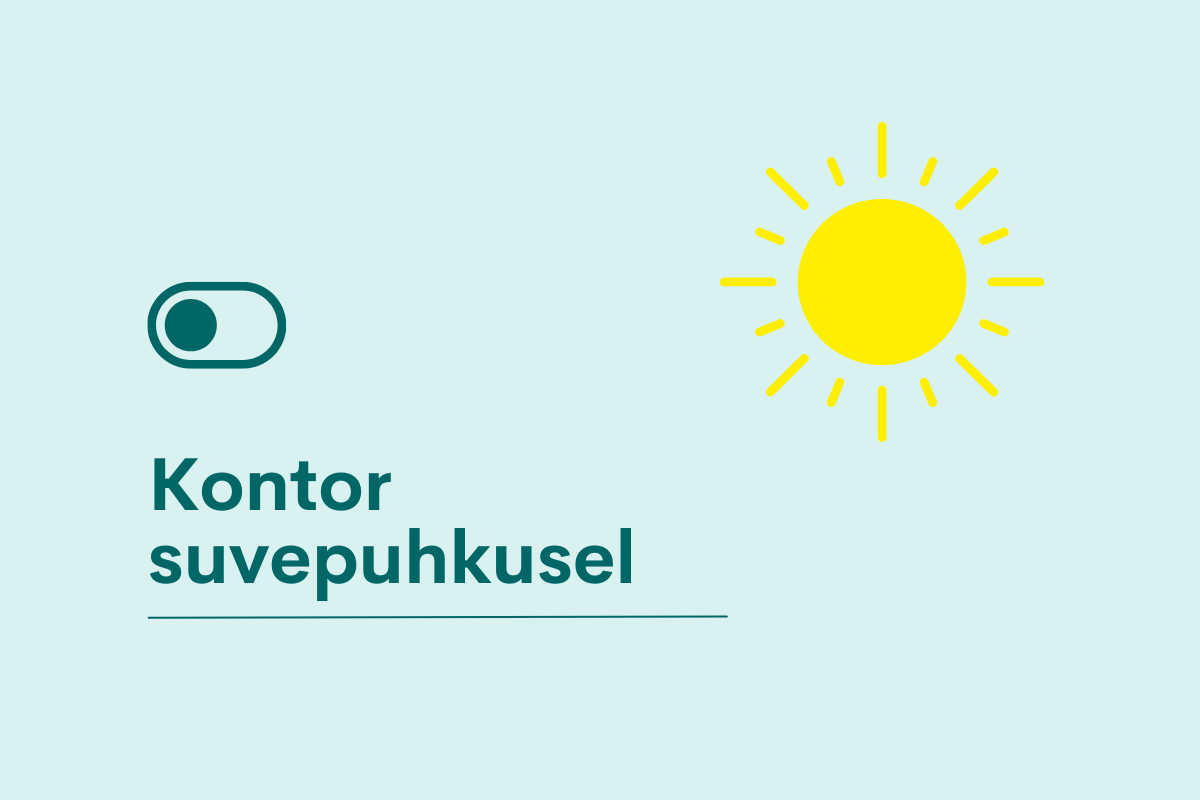ITIC, ISIC and IYTC cards replace many plastic cards such as communal cards, access cards, canteen cards, library cards, bank cards, customer cards. Preferring one universal card over dozens of cards helps to do one big good deed for the Estonian environment! Although it is a plastic card.
Many people do not think about the impact of plastic cards on the environment, plastic cards seem so small and safe. Millions of plastic cards are issued in Estonia every year, which are bank cards, customer cards, gift cards, public transport cards, access cards, library cards, canteen cards, status cards, etc. There are approx. 9.6 plastic cards per person in Estonia. However, the impact of this seemingly small and innocent plastic card on the environment is huge.
Plastic cards are produced from polyvinyl chloride (PVC), which contains chlorine and when burned produces hydrochloric acid and chlorinated hydrocarbons. They help increase organochlorine compounds such as dioxins in soil and water. PVC is a plastic that has low thermal stability and when it decomposes (>70°C) it releases HCl, which is dangerous to health. PVC also contains plastic softeners called phthalates. Studies confirm that phthalates damage the functioning of the hormonal system. In the production process of PVC, dioxins are released, which the EPA (US Environmental Agency) defines as substances that are highly likely to be carcinogenic. In addition to PVC, plastic cards also contain heavy metal particles.
The ecological footprint of one kilogram of PVC is about 4.1 kilograms of CO2. One plastic card weighs an average of 5.07 grams, so the ecological footprint of one card is 21 grams of carbon dioxide (CO2), which includes the energy and water used to produce the card. More or less the same amount of CO2 is generated when driving a Hummer 45.72 meters.












